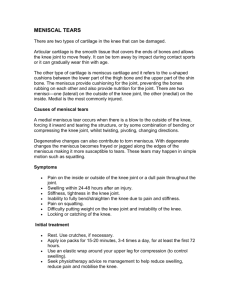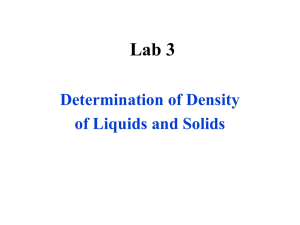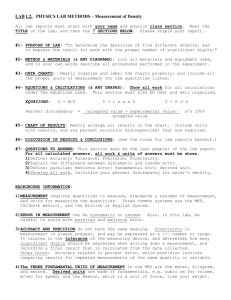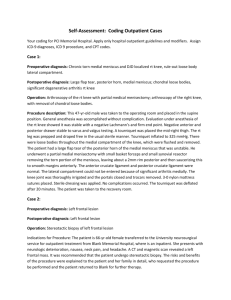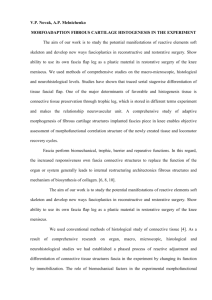Marathoning and the Meniscus
advertisement
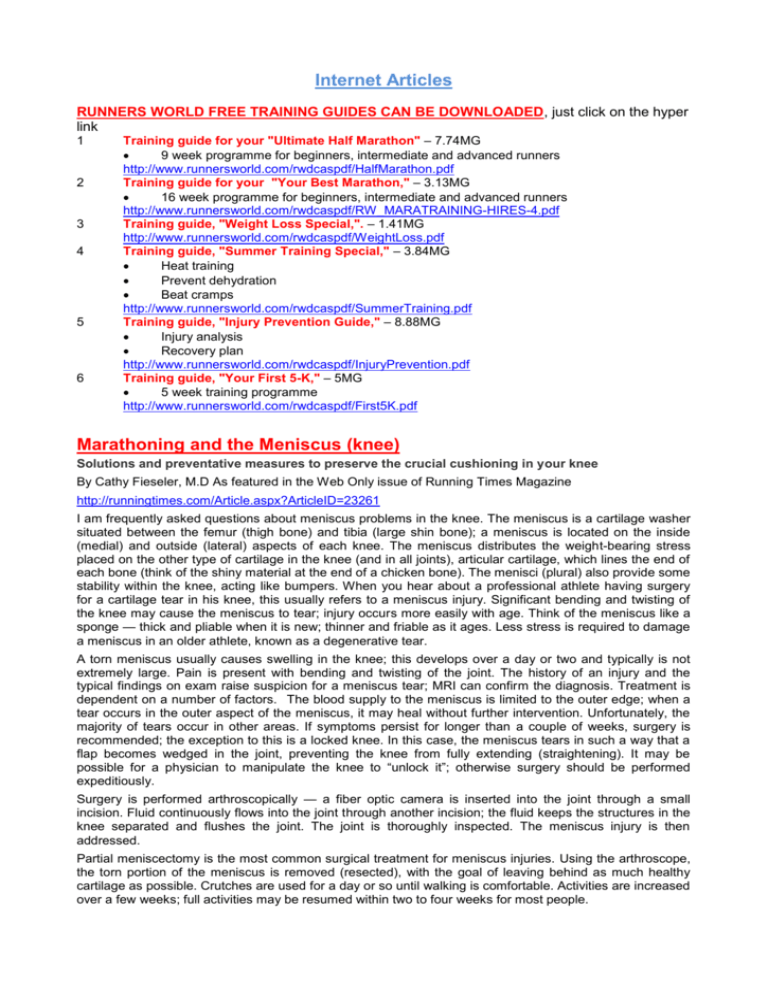
Internet Articles RUNNERS WORLD FREE TRAINING GUIDES CAN BE DOWNLOADED, just click on the hyper link 1 2 3 4 5 6 Training guide for your "Ultimate Half Marathon" – 7.74MG 9 week programme for beginners, intermediate and advanced runners http://www.runnersworld.com/rwdcaspdf/HalfMarathon.pdf Training guide for your "Your Best Marathon," – 3.13MG 16 week programme for beginners, intermediate and advanced runners http://www.runnersworld.com/rwdcaspdf/RW_MARATRAINING-HIRES-4.pdf Training guide, "Weight Loss Special,". – 1.41MG http://www.runnersworld.com/rwdcaspdf/WeightLoss.pdf Training guide, "Summer Training Special," – 3.84MG Heat training Prevent dehydration Beat cramps http://www.runnersworld.com/rwdcaspdf/SummerTraining.pdf Training guide, "Injury Prevention Guide," – 8.88MG Injury analysis Recovery plan http://www.runnersworld.com/rwdcaspdf/InjuryPrevention.pdf Training guide, "Your First 5-K," – 5MG 5 week training programme http://www.runnersworld.com/rwdcaspdf/First5K.pdf Marathoning and the Meniscus (knee) Solutions and preventative measures to preserve the crucial cushioning in your knee By Cathy Fieseler, M.D As featured in the Web Only issue of Running Times Magazine http://runningtimes.com/Article.aspx?ArticleID=23261 I am frequently asked questions about meniscus problems in the knee. The meniscus is a cartilage washer situated between the femur (thigh bone) and tibia (large shin bone); a meniscus is located on the inside (medial) and outside (lateral) aspects of each knee. The meniscus distributes the weight-bearing stress placed on the other type of cartilage in the knee (and in all joints), articular cartilage, which lines the end of each bone (think of the shiny material at the end of a chicken bone). The menisci (plural) also provide some stability within the knee, acting like bumpers. When you hear about a professional athlete having surgery for a cartilage tear in his knee, this usually refers to a meniscus injury. Significant bending and twisting of the knee may cause the meniscus to tear; injury occurs more easily with age. Think of the meniscus like a sponge — thick and pliable when it is new; thinner and friable as it ages. Less stress is required to damage a meniscus in an older athlete, known as a degenerative tear. A torn meniscus usually causes swelling in the knee; this develops over a day or two and typically is not extremely large. Pain is present with bending and twisting of the joint. The history of an injury and the typical findings on exam raise suspicion for a meniscus tear; MRI can confirm the diagnosis. Treatment is dependent on a number of factors. The blood supply to the meniscus is limited to the outer edge; when a tear occurs in the outer aspect of the meniscus, it may heal without further intervention. Unfortunately, the majority of tears occur in other areas. If symptoms persist for longer than a couple of weeks, surgery is recommended; the exception to this is a locked knee. In this case, the meniscus tears in such a way that a flap becomes wedged in the joint, preventing the knee from fully extending (straightening). It may be possible for a physician to manipulate the knee to “unlock it”; otherwise surgery should be performed expeditiously. Surgery is performed arthroscopically — a fiber optic camera is inserted into the joint through a small incision. Fluid continuously flows into the joint through another incision; the fluid keeps the structures in the knee separated and flushes the joint. The joint is thoroughly inspected. The meniscus injury is then addressed. Partial meniscectomy is the most common surgical treatment for meniscus injuries. Using the arthroscope, the torn portion of the meniscus is removed (resected), with the goal of leaving behind as much healthy cartilage as possible. Crutches are used for a day or so until walking is comfortable. Activities are increased over a few weeks; full activities may be resumed within two to four weeks for most people. If the tear is in the outer edge and has relatively good blood flow, the tear may be repaired; the torn edges are held together with special sutures. The recovery process is slower; the patient remains on crutches for about a month (surgeons have different protocols, so the length of recovery will vary) before being allowed to start weight bearing. Activities are re-introduced gradually over several months. Although this process is prolonged if a repair is performed, the meniscus is intact, which is better in the long run. Ideally, all meniscus tears would be repaired, but unfortunately, tears of the inner aspect of the structure do not heal even when sutured. A surgeon may attempt to repair a tear in a somewhat vascular region of the meniscus, especially in a young patient. Unfortunately, if this does not heal, a second surgery is required to resect the torn area. Degenerative meniscus tears A degenerative meniscus tear is a different phenomenon. There often is no known injury; because the meniscus is more friable, it tears more easily. Degenerative (arthritic) changes are often present in the articular cartilage in conjunction with the meniscus tear; these changes are manifested as potholes or ruts in the cartilage, ranging from a small scuff in the cartilage to a lesion that extends the depth of the cartilage. Treatment of articular cartilage injuries is a topic for a future article, but ranges from drilling holes that cause bleeding and scar tissue to form in the lesion to joint replacement surgery. Symptoms related to degenerative meniscus tears often resolve without surgical intervention. Medications such as ibuprofen often provide pain relief; a cortisone injection may also provide pain relief and the ability to resume activities without surgery. What activities can be resumed following a partial meniscectomy? Is there an increased risk of developing arthritis following a meniscus tear? Is my running career over? These and many other questions arise in the face of a meniscus tear. If I can tolerate the pain, wouldn’t it be better to avoid surgery? Prior to the development of arthroscopy, the answer would have been yes; the entire meniscus was removed during a surgery in which the knee was opened through a very large incision. Surgeons did not realize the importance of the meniscus at that time. As the importance of the meniscus has been learned, conservation of the structure has become a priority. Unfortunately, the meniscus does not function well at the site of the tear, so avoiding surgery will probably not protect the articular cartilage at that site. If pain resolves, surgery is usually not performed. There is concern that a small meniscus tear can become larger if left untreated; this would be dependent on the nature of the tear. Typically a torn edge that becomes caught, causing extension of the tear, is painful, resulting in self-induced activity restrictions. There is increased risk of developing arthritis in a knee following injury to a meniscus. This is a doubleedged sword. Injury to the articular cartilage may occur at the time of the meniscus injury. This is manifested as a bone bruise on MRI. The articular cartilage covers the end of the bruised bone and therefore has been injured; the more severe the initial injury, the greater the likelihood of developing degenerative changes. The loss of part of the meniscus increases the stress load in that portion of the knee and may further increase the likelihood of developing arthritis in the joint. The larger the tear (and amount of meniscus resected) the greater the stress. Other contributing factors to the development of arthritis are the age of the person, the presence of pre-existing damage, and obesity. The increased stress due to meniscal injury will be present over a longer period of time for most young athletes. The majority of people can resume most activities following meniscus surgery. If a large portion of the meniscus was removed (greater than 50–60 percent), impact activities may needed to be limited, especially in a younger athlete. To protect the knees, maximizing core and lower extremity strength is essential. Running on softer surfaces may decrease impact forces. Barefoot running techniques also seem to decrease the impact forces on the knees, though the jury is still out on the overall incidence of running related injuries compared with heel strikers. There is no supplement that will re-grow cartilage; glucosamine may provide some benefit in protecting the articular cartilage (mixed results in the medical literature). You may read about meniscus transplants. In younger people with severe articular cartilage and meniscal injury, meniscus transplant is sometimes performed in conjunction with other procedures to preserve the joint. Meniscus transplant is not performed for routine meniscus tears. In summary, the menisci are important cartilage structures within the knee that reduce stress and provide some stability. Injury to the meniscus is often treated surgically, with the goal of conserving as much of the structure as possible. The surgeon should provide information regarding the status of the articular cartilage in the knee following surgery and give activity recommendations. Maximizing strength and decreasing impact forces may improve the longevity of the joint. Cathy Fieseler, M.D., is the chairperson of the Road Runners Club of America Sports Medicine Committee and is on the board of directors of the American Medical Athletic Association. Are You Overstriding? The importance of a properly executed 'pawback' action By Michael Yessis, Ph.D. As featured in the Web Only issue of Running Times Magazine http://runningtimes.com/Article.aspx?ArticleID=23217 Many long-distance runners believe that they are “overstriding,” the latest buzz word in running. A few years ago very few, if any, were ever concerned with this running “fault.” Runners tend to define the act of overstriding as any touchdown on the heel. Some coaches even state that overstriding occurs whenever touchdown occurs in front of the body. In this case, since all long-distance runners touchdown somewhat in front of the body, does this mean that all runners overstride? Can we legitimately call a heel or midfoot touchdown one to two feet in front of the body overstriding? Let's examine more closely what is meant by stride and overstriding. Stride, or more specifically stride length, is the amount of ground that you cover in one step. What is often overlooked is that the exact length of the stride varies greatly depending upon your running technique, the length of your legs and the force produced in the pushoff and knee drive. Optimum stride length varies with the distance of the race, as well. Some of the better long-distance runners have a stride length of approximately six feet. Ultra marathoners may have a stride length of only one to three feet. To understand your stride, it is important to look at your running technique to determine not only if you are landing on the heel but also why you are landing on the heel. In my work with hundreds of runners, I have found that the reason runners hit on their heel is that they do not execute a pawback action as part of their stride. The pawback is an outstanding feature of elite distance runners as well as sprinters. In pawback, after your thigh is driven forward and the shin swings out, you bring the leg back and down so that you touchdown on your midfoot and closer to the vertical projection of the body's center of gravity on touchdown. Because the forces produced in distance running are not as great as those produced in sprinting, touchdown for the distance runner always occurs somewhat in front of the body. But when you execute pawback the negative forces experienced from landing in front of the body are cut down greatly. As a result most runners do not even notice them. Without pawback, however, when the free leg swings forward and stays there, you land on the heel in front of the body. Exactly how far in front of the body depends upon the speed of running, the force of your knee drive, how much you swing the shin forward, and if the thigh is held up as you swing the shin forward. Such landings in front of the body produce negative forces that impede your running and are often the cause of injury. The key then to prevent the heel hit is learning how to execute and incorporate the pawback action into your running stride. Typical fixes given for overstriding, such as cutting down your stride length, result in the runner becoming slower and less efficient. But there is no guarantee that these changes will fix the heel hit. Thus to prevent you from becoming slower by losing important stride length, you should learn how to execute the pawback, the most efficient way of eliminating the heel hit and improving stride length at the same time. One of the simplest drills to learn pawback is the circling or wheeling drill. In this you circumscribe a circle with your foot as you go through the pawback action. More specifically, you first bring the thigh forward and upward and then straighten the leg in a reaching action (as though trying to reach the ground out in front). After the leg is fully straightened you then bring the leg backward to have touchdown occur slightly in front of or directly under the body. Alternate the legs and as you make each of these actions smoother, you will see that your foot circumscribes a circle when viewed from the side. These actions are executed while in a standing position. As you feel more comfortable in executing the movements, begin to walk while still doing the drill. Keep the following thought pattern in mind at all times: knee up, leg out (or reach out), drive down and back. Most important in this circling drill is to drive the leg back to land under or just slightly in front of the body. This is the crux of the pawback action. As you master the circling drill in your walking, gradually increase the speed of walking and then transition into slow jogging or running. As you make the transition be sure that you maintain the three distinct actions, but executed in a smooth manner. If you're not executing the actions correctly, slow down or revert back to walking until you once again master them. Most runners find that when they execute these actions in a jog or run, they must concentrate on landing midfoot or ball-heel to ensure that they drive the leg back for touchdown. I also have runners develop greater strength of the muscles involved in pawback to help them master this movement. To do this they execute the pawback on a high pulley cable machine or with Active Cords. With resistance attached to the ankle as the leg is extended in front of the runner, drive the leg down and back to land under the body. There are many variants of this exercise that can be used to develop the strength and a better muscular feel for the reaching out and driving back actions. Truly overstriding (from a technical point of view) means that you're going beyond your optimal stride length so that you are no longer effectively running. This is rare to see and when it does occur, it is usually because the runner is leaping. As a result, it is easy to see a disruption in running form. In fact, I can't recall ever seeing a runner who truly overstrided. Most often it is just the opposite; most runners have a stride length that is too short because they drop their thigh too soon and then land on their heel. By increasing stride length the efficiency of their running increases several fold. A few words must be said about optimal stride length here. Understand that your stride length is determined by the force of your ankle extension in the push-off, the force of your knee drive and how effectively you execute the pawback action, especially the bringing back and down of the leg. All of these factors can be changed depending upon the strength that you exhibit in each of these actions. Thus at any given moment in time your optimal stride is determined by your technical and physical abilities. The more effectively you execute the best running technique and the greater your strength in each of the actions specific to your technique, the greater will be your stride length. For you at this time it will be optimal. If you try to go beyond this length you will invariably be overemphasizing one of the actions which will lead to a disruption in your technique. This in turn can lead to a heel hit (an overreach with no back and down leg action, a leap if the knee drive and ankle extension are overemphasized, or a decrease in stride length if one or more of these actions is executed poorly. Incorporating the pawback action will actually increase your effective stride length even though it appears that you are cutting down on your stride. What appears to be a shorter stride length is made up for by the increased force that you can exert against the ground to propel the upper body forward, increasing the “air time” before you touch down again. Keep in mind that most people think overstriding occurs when the foot lands in front of the body on the heel. In reality, this is an example of under striding since your stride length is shorter than if you executed the pawback in which you bring your leg back before landing. The more forceful the down and back action of the legs the more you will be able to propel the body forward which also produces a more horizontal push-off force so that you actually cover more ground.
